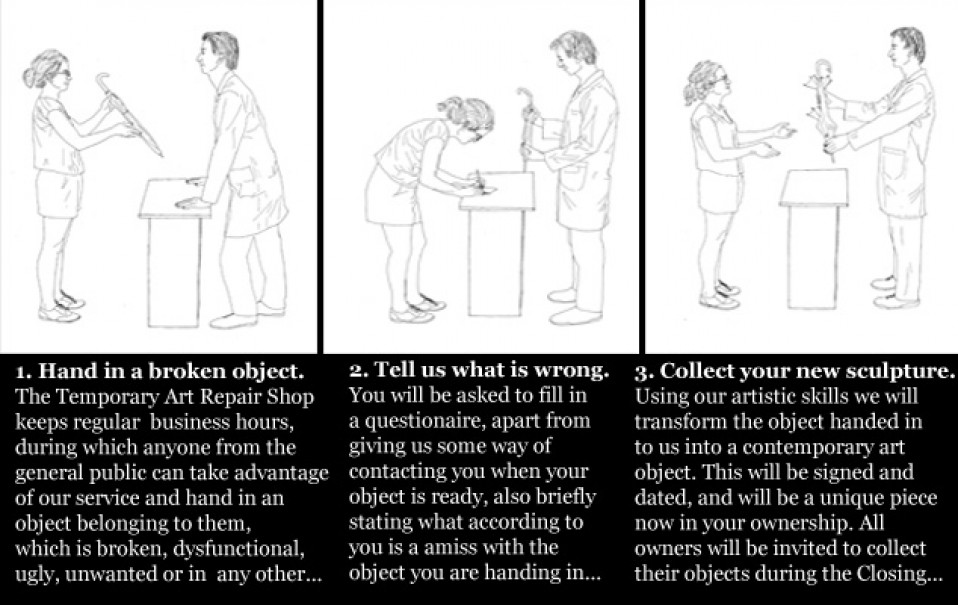
Opening hours
Mon- Fri 9am-5pm (Thurs- 8pm), Sat 10am-4pm
Nearly closing down event
Thursday, 21 June 2012, 5-9pm
Temporary Art Repair Shop
Tobias Sternberg
Ends 23 June 2012
A free ‘alteration service’ by Tobias Sternberg, where anyone can hand in ordinary objects- broken or intact- and have them
re-worked into sculptures.
The project will initiate a process of questioning
What makes one object art and another ordinary?
What is a reasonable price for art and who should pay for it?
Who can make art and who can own it?
What is the value of art?
Can art be functional, and can it have other functions without loosing its status as art?
Is an artwork primarily a unique object with its own personality or is it just a trace of the activity and mind of the artist?
How should an artist be paid for his work, by selling objects or by receiving a salary/fee?
Should artists try to change the nature of the art market?
Is the role of the market already changing for emerging artists since the recent financial crisis?
For the Art Repair blog click here
To read a review at culture northernireland.org see
This is the second project by Tobias Sternberg's with PS².
To see his first project from 2009 'Yourself from the outside', click
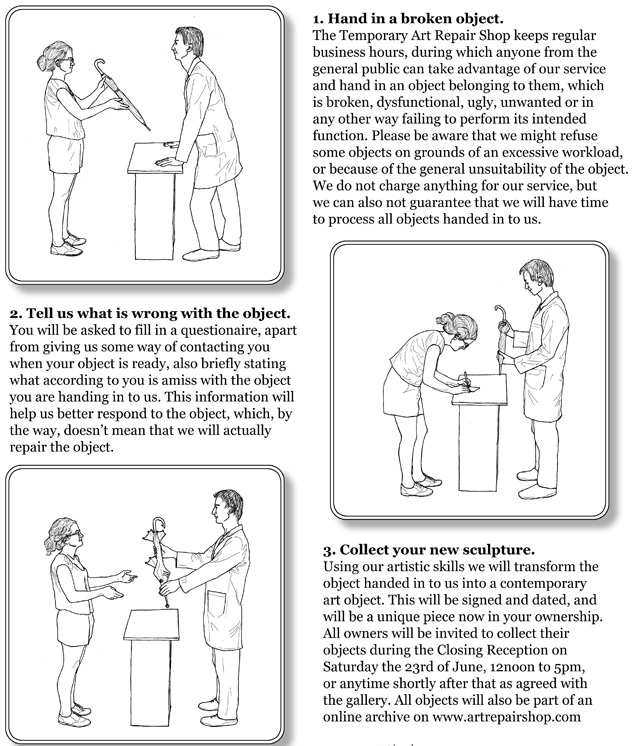
Poster
About the project
Text: Tobias Sternberg
This project aims to persuade the art community and the ordinary citizens of Belfast, to take part in a playful and inclusive investigation questioning; what is an art object, how does the ordinary transform into art and what does it mean to own art? It does so by setting up a temorary workshop, where anyone can hand in ordinary objects that are broken and have them remade into sculptures by the artist acting as tinkerer and crazy inventor. Handing in the object is free but also requires giving up control. You get back whatever the artist has decided to do with the object. Thus the exchange is generous on both sides.
Two few weeks before the project starts, a promotional campaign has to be done with small posters in the local area but also information that reaches the art community via the web and leaflets in galleries, art schools and art organizations. Ideally the project would be featured in the local news just before the opening. Promotion before the workshop opens is crucial since the success of the project is dependent on the active participation of the local residents. The first people to participate will probably be fellow creatives who hear about the project, but this is not a fault since the questions we want to raise are of specific interest to them.
Then we set up a simple workshop in PS².
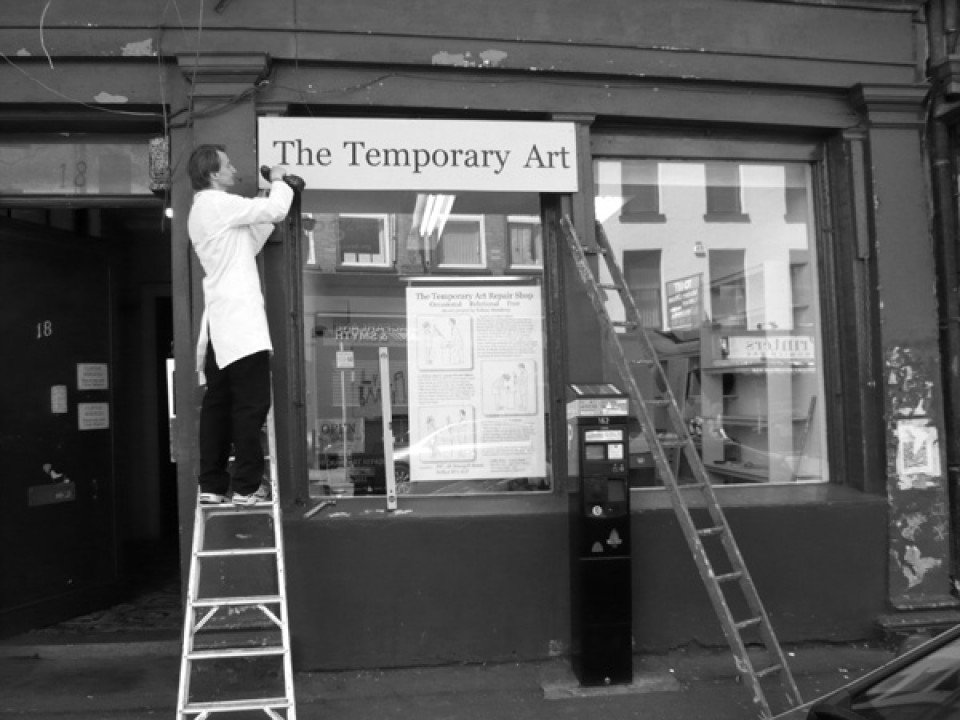
Street view
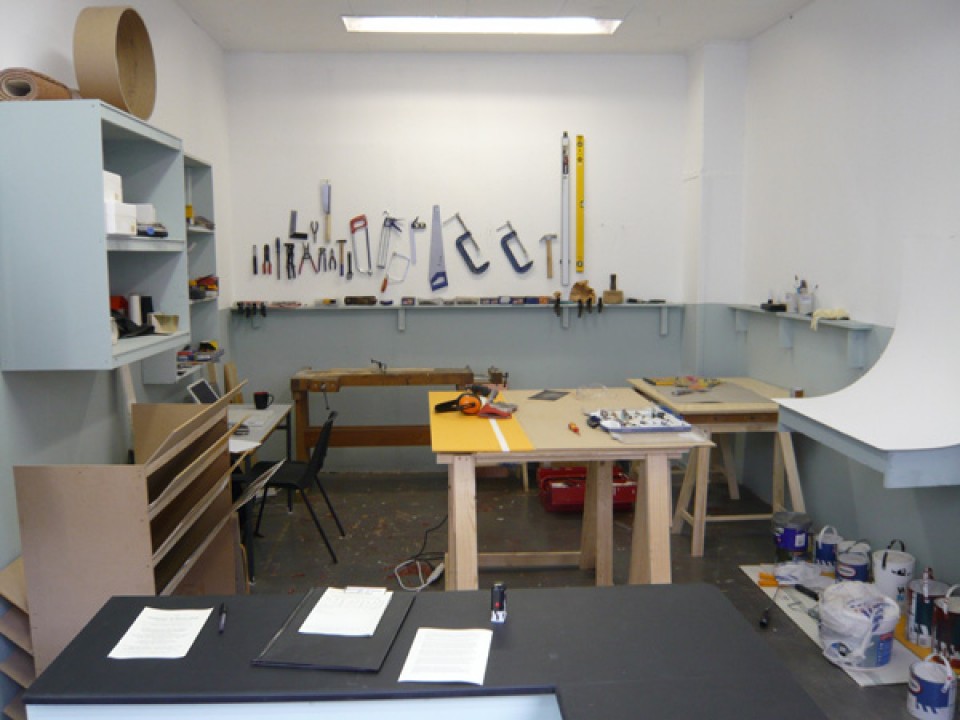
Repair workshop set-up
I imagine a sturdy workbench with a vice, an extra table and a few simple storage shelves. We need some tools for making and tinkering, but no heavy machinery and nothing crazy like welding equipment or bandsaws. We ask local artists but also garages and workshops to donate some paints and varnishes, then we buy some more, and we also stock up on screws, nails, thread, glues, epoxy resin and modelling materials and the like. Not hobby materials but rather what you would expect in a furniture renovators or bicycle repair shop. Or in someones garage if they happened to be very handy people. This shouldn’t take more than a few days. When open, anyone can come to the workshop with old broken objects and ask to have them turned into art. They will be received as in any repair shop, asked what the problem with the object is and why they are not happy with it. They will leave their name and phone number so that we can get back to them when the repair is done and also be given a receipt with the number of their object. They are not charged anything for the repair but it is also explained to them that once they hand in their object they accept any alterations and changes the artist will do to it. The object is photographed and put on the shelves for later work.

Docket
The alterations done to the objects are spontaneous surrealist reactions to the materiality of the object, its intended function and the owners complaints about it. It will be undertaken with a swiftness and lightness of intention but with careful and skilled hands. The aim will be to give the object a new meaning and identity as well as a new function. The nature and finish of the change will be that of the small repair shop, hand crafted with individual attention to detail but not trying to reproduce the flawless artificiality of mass production. All objects will be signed and dated by the artist and again photographed in their new altered state. When the owners collect their new art objects, they will be given a chance to share their impression of it which will be recorded in a log book.
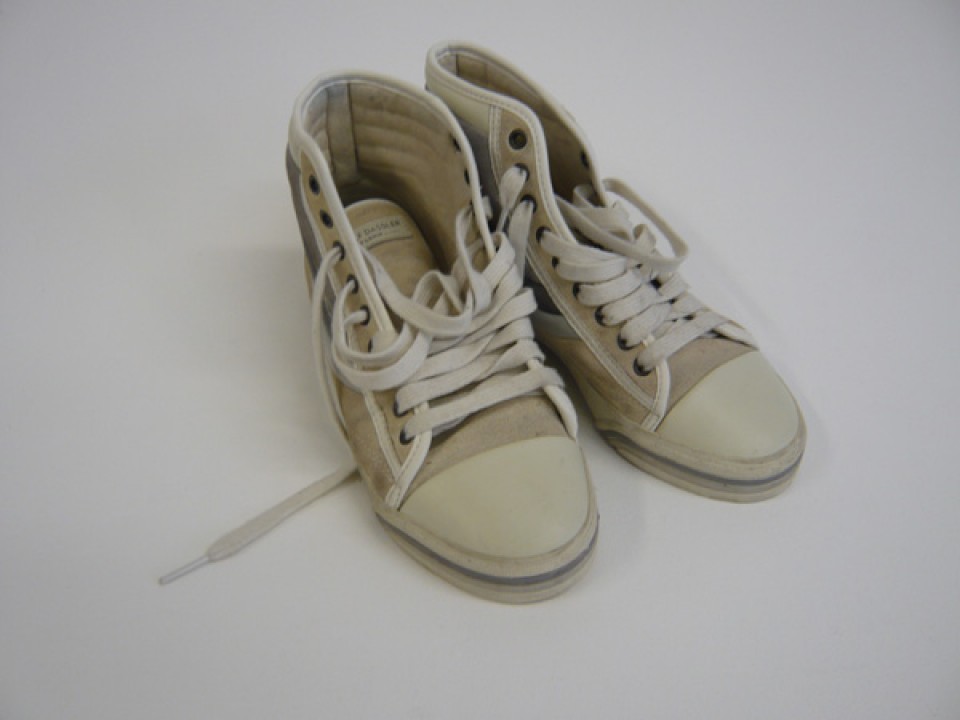
To repair
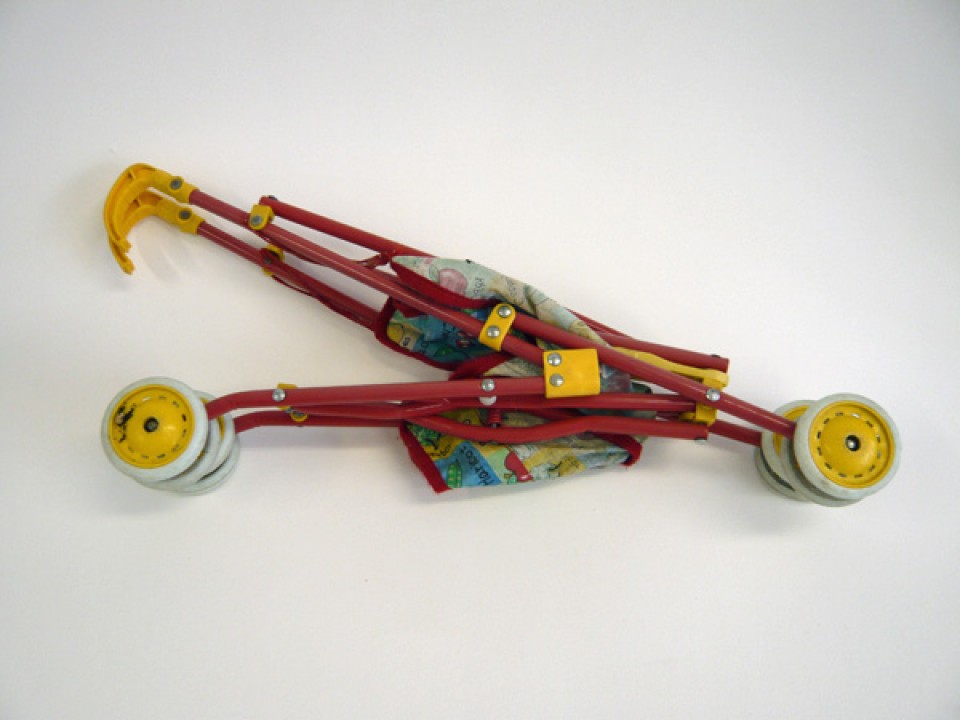
To repair
The goal of the project is to initiate a process of questioning, not by directly posing the questions but rather by staging a situation that will lead the people involved to reflect and respond to the mythology and structure of art. Some questions I hope will appear are; What makes one object art and another ordinary? What is a reasonable price for art and who should pay for it? Who can make art and who can own it? What is the value of art? Can art be functional, and can it have other functions without loosing its status as art? Is the valuable and unique essence of art to be found in the objects it produces or in the process of production? Is an artwork primarily a unique object with its own personality or is it just a trace of the activity and mind of the artist? How should an artist be payed for his work, by selling objects or by receiving a salary/fee? Should artists try to change the nature of the art market? Is the role of the market already changing for emerging artists since the recent financial crisis? Can art ever become democratic? How does the excessive competition in the artworld influence artists strategies of survival? How does it influence peoples view on artists and the artworld?
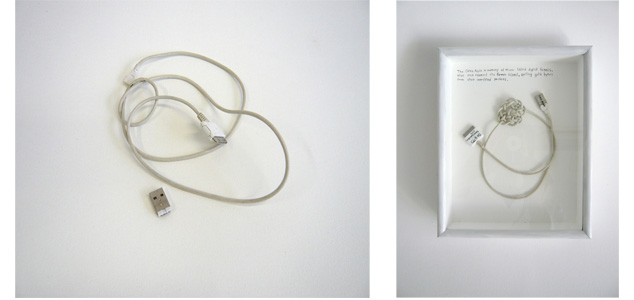
Objects, before repair and after
Fulfilling this goal of questioning depends on the careful organization of the project. If successful it will have created a small anomalous bubble in the fabric of the art world where other rules apply than normally expected. It will not rip or radically change this fabric but it will inspire new thoughts and ideas in the minds of those encountering it. A project like this is a cross between art production and performance. It will almost be like if I were acting the part of the tinkering bricoleur for the benefit of the visitors to the workshop, and at the same time the objects I alter will themselves carry on the performance after I have left. When someone hand in a broken everyday object and receive an artwork in exchange they do so because they have understood the rules of the game we have set up, but how will they relate to the object later on? Will they subscribe it value because it is an artwork or will they deem it worthless because they didn’t have to pay anything for it? But then, the object is still unique and they only got it because they were lucky enough to be present when this specific game was acted out? Hopefully such questions will continue appearing when they show their new artwork to friends and explain it to them.

Mobile phone repair
I imagine setting up a simple blog or website to record the project while it is taking place but also so that the owners of these altered artworks can contribute their stories and opinions further down the line. It would probably be a good idea to invite art students or young artists to volunteer in the project, to help staff the workshop and to create and update the blog, but also to work on the objects, signing the ones they finish, further blurring the borders of ownership and originality. Like the apprentices in any workshop they would greatly help in the daily running of production. The main importance of their presence however would be to involve people, who themselves aspire to making and selling art in this little game with value and values, inspiring them with some thoughts before they move on in their ambitious art careers. I imagine the workshop stays open for a month which should be enough to plant the idea in the local community.

